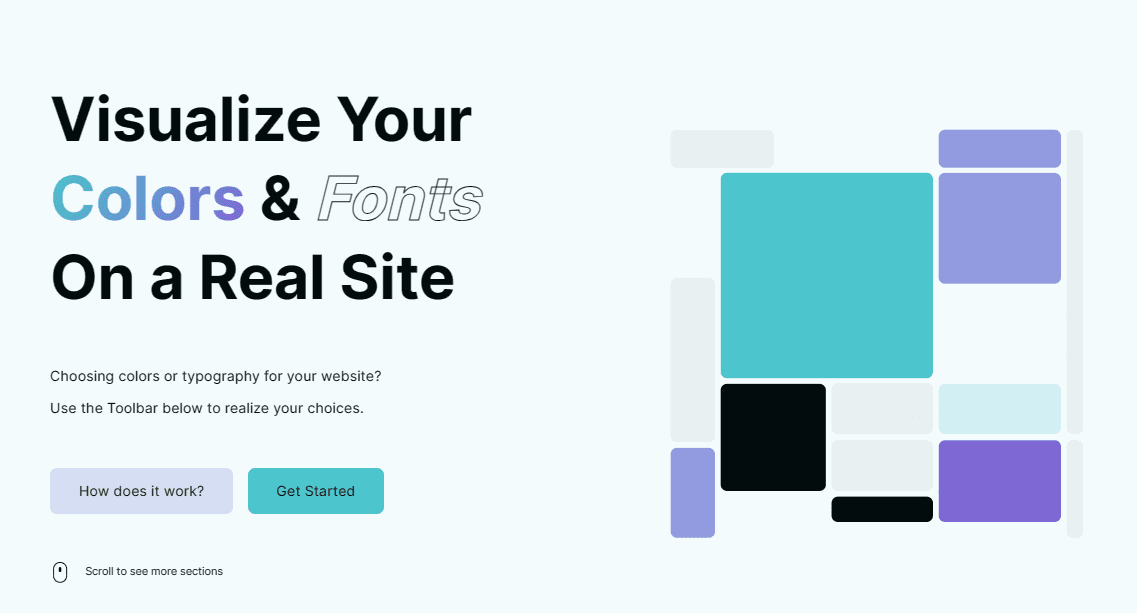Picking the Right Color for Your Product
Choosing the right color for your product is crucial for attracting customers and creating a memorable brand identity. This article delves into the principles of color theory, contrast ratios, and practical tips to help you select the perfect color palette for your product.

Understanding Color Theory
Color theory is the foundation of creating appealing and effective color schemes. It involves the study of how colors interact and the visual effects they create when combined. Here are some key concepts:
The Color Wheel
The color wheel is a circular diagram that displays the relationships between colors. It is divided into primary, secondary, and tertiary colors:
- Primary Colors: Red, blue, and yellow. These colors cannot be created by mixing other colors.
- Secondary Colors: Green, orange, and purple. These are created by mixing two primary colors.
- Tertiary Colors: Created by mixing a primary color with a secondary color.
Color Harmonies
Color harmonies are combinations of colors that are visually pleasing. Some common harmonies include:
- Complementary Colors: Colors that are opposite each other on the color wheel (e.g., blue and orange). These combinations create high contrast and vibrant looks.
- Analogous Colors: Colors that are next to each other on the color wheel (e.g., blue, blue-green, and green). These combinations are harmonious and soothing.
- Triadic Colors: Colors that are evenly spaced around the color wheel (e.g., red, yellow, and blue). These combinations are balanced and dynamic.
- Split-Complementary Colors: A variation of the complementary color scheme. It uses a base color and the two colors adjacent to its complementary color (e.g., blue, yellow-orange, and red-orange).
The Psychology of Color
Colors evoke emotions and can influence perceptions and behaviors. Understanding the psychological impact of colors can help you choose the right palette for your product:
- Red: Excitement, passion, and urgency. Often used in clearance sales and fast food.
- Blue: Trust, calmness, and stability. Commonly used by banks and healthcare companies.
- Yellow: Happiness, optimism, and warmth. Used to grab attention and evoke cheerful feelings.
- Green: Growth, health, and tranquility. Associated with nature, wellness, and eco-friendly products.
- Purple: Luxury, creativity, and sophistication. Often used in beauty and premium products.
- Orange: Energy, enthusiasm, and friendliness. Used to create a sense of urgency and attract impulse buyers.
- Black: Power, elegance, and sophistication. Commonly used in luxury and high-end products.
- White: Simplicity, cleanliness, and purity. Used for minimalist designs and healthcare products.
Contrast Ratio
Contrast ratio is the difference in luminance between two colors. It is crucial for readability and accessibility. A higher contrast ratio ensures that text and important elements stand out against the background. Here are some tips for achieving good contrast:
- Use a contrast checker tool to evaluate your color combinations.
- Ensure text has sufficient contrast against its background to be readable by people with visual impairments.
- Follow the Web Content Accessibility Guidelines (WCAG) for contrast ratios: a minimum of 4.5:1 for normal text and 3:1 for large text.
Practical Tips for Choosing Colors
Know Your Audience
Understand your target audience and the emotions you want to evoke. Consider the cultural connotations of colors, as they can vary significantly across different cultures.
Test Your Colors
Create mockups of your product with different color combinations. Test these variations with your target audience to gather feedback and make data-driven decisions.
Consistency is Key
Maintain consistency in your color scheme across all branding materials, including your website, packaging, and marketing materials. This helps in building a strong brand identity.
Use Color Palettes and Tools
Utilize color palette tools and resources to find harmonious and effective color combinations. Some popular tools include Adobe Color, Coolors, and Paletton.
Consider Color Trends
Stay informed about current color trends in your industry. While it’s essential to be unique, aligning with trends can make your product appear modern and relevant.
Accessibility Matters
Design with accessibility in mind. Ensure your color choices meet accessibility standards to reach a broader audience, including individuals with visual impairments.
Conclusion
Choosing the right color for your product involves a blend of art and science. By understanding color theory, considering the psychological impact of colors, and ensuring good contrast, you can create a visually appealing and effective color scheme. Remember to test your choices with your audience and stay consistent with your brand identity. With these tips, you'll be well on your way to selecting the perfect colors for your product. Happy designing!